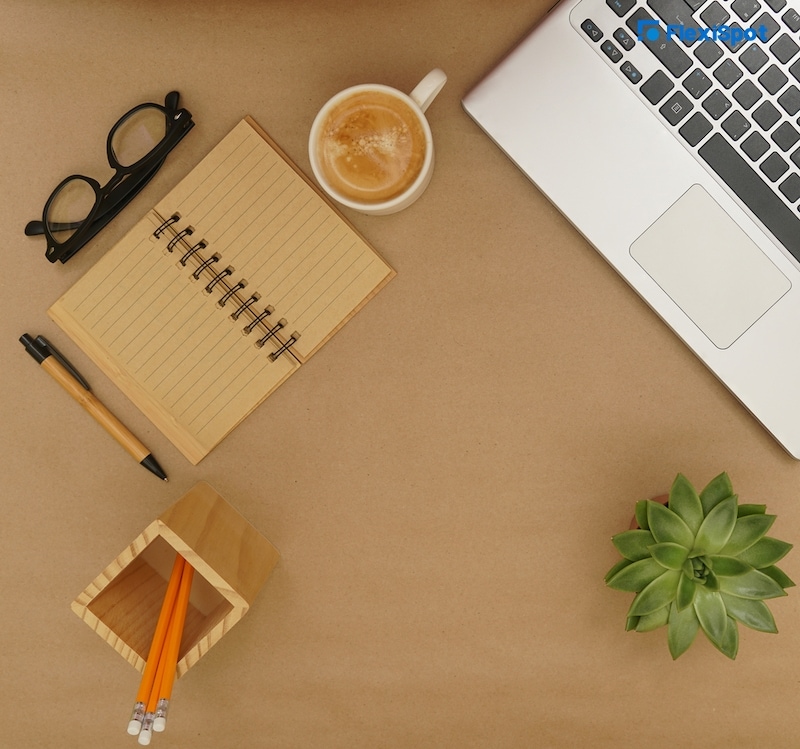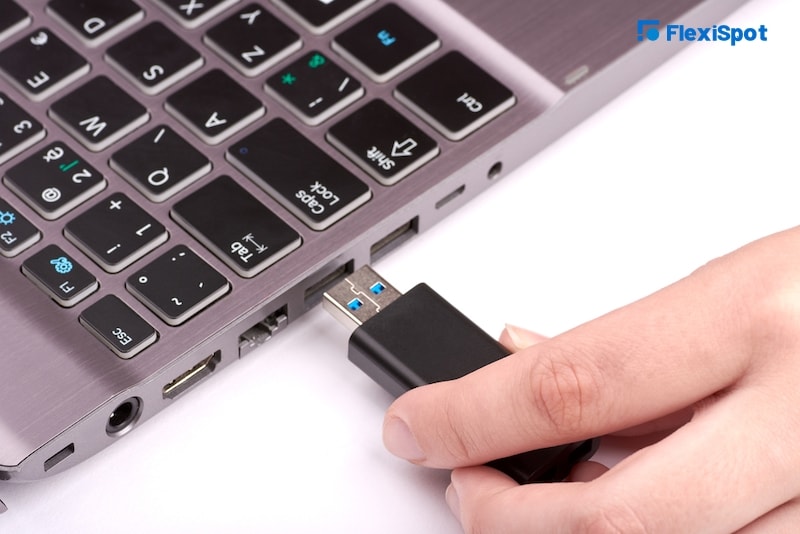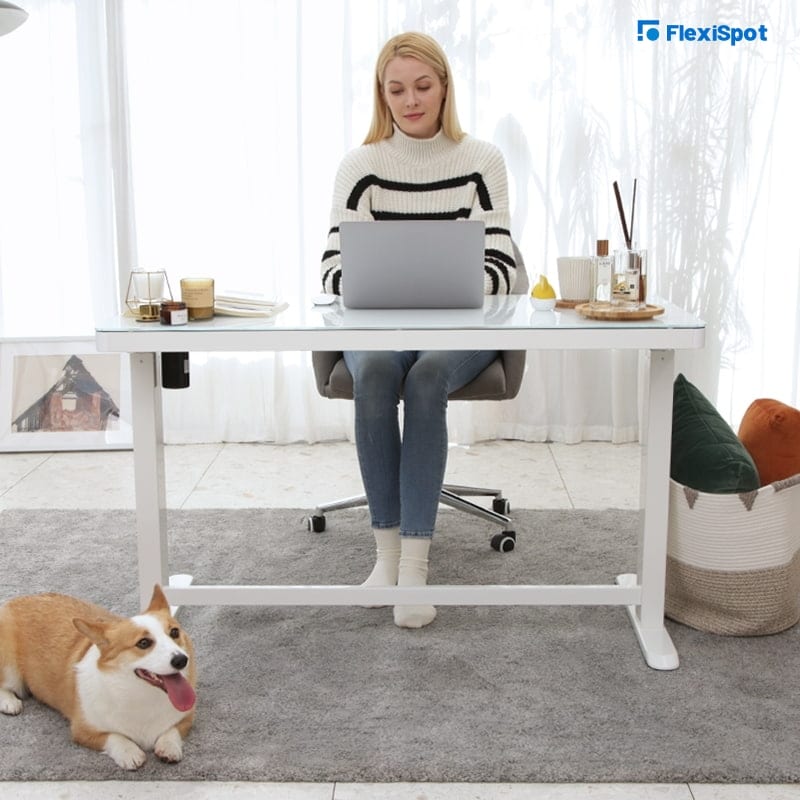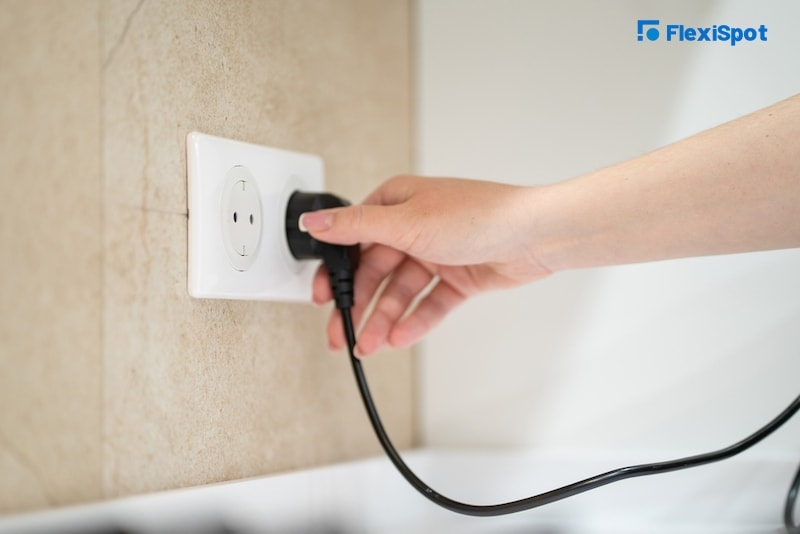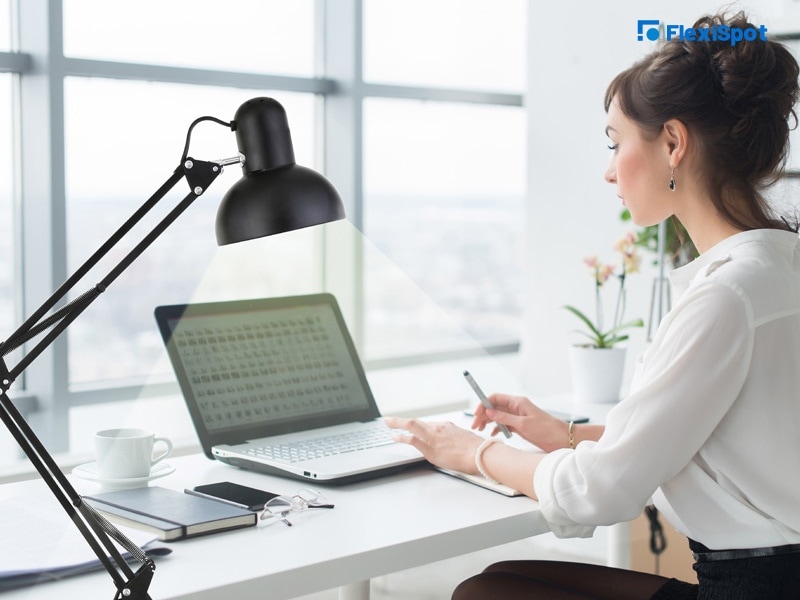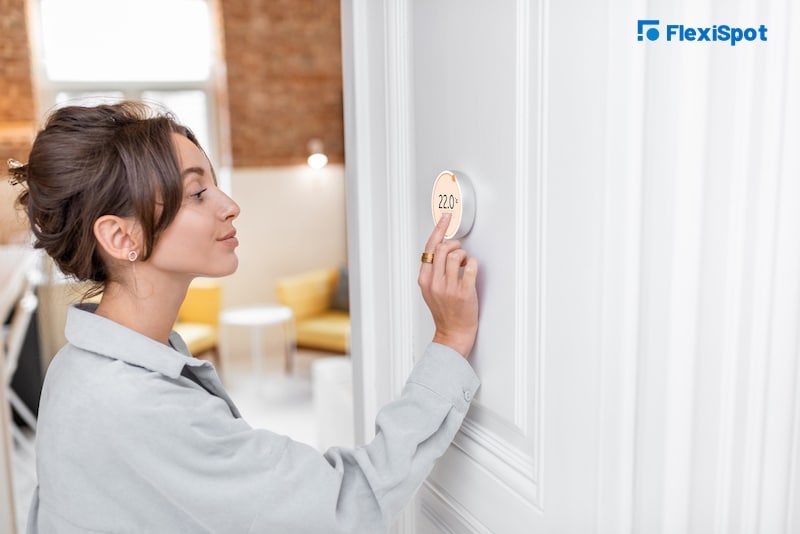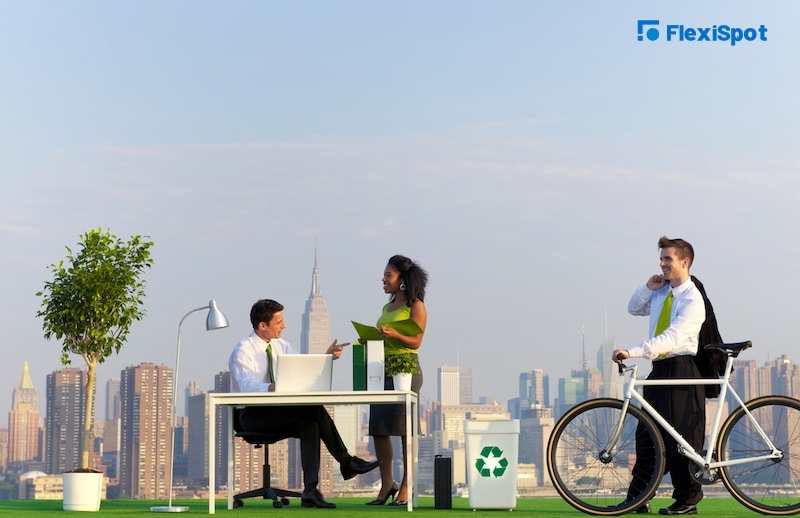Green initiatives that are both innovative and cost-effective can help the environment and save money in the long run. Going green also means staying competitive in a world that strives for sustainability.
Unlike traditional offices, green offices provide a more attentive environment for employees. As a result, more businesses are incorporating eco-friendly office practices into their workplaces. Many LEED-certified (Leadership in Energy and Environmental Design) offices exist today, indicating that they meet a set of worldwide sustainability criteria. Adding energy-saving lighting, heat-efficient flooring, energy-efficient walls, and other changes to a green office can be costly at first. In the long run, however, it is also cost-effective.
In this post, we'll go over the advantages of working in an environmentally friendly setting in detail. We'll also look at a few green business strategies and how to implement them on a budget. Making ecological upgrades to a workplace design has a positive impact on employee wellness and productivity as well as energy expenses. When compared to offices that have not made green office upgrades, sustainable office space is more comfortable to work in, has better air quality, and uses less energy.
There are numerous ways to switch to a green office and make it more environmentally friendly. This article is a curated selection of suggestions for creating a sustainable workplace space or making your office more environmentally friendly. The suggestions are simple to execute and will make a significant difference over time in terms of optimizing an office for success.
1. Use green office supplies
You should consider upgrading to eco-friendly alternatives rather than stocking your supply closet with traditional office staples. Opt for recycled paper products for everything from your sticky notes, desktops, and printer paper to paper towels and tissues.
You can also design an eco-friendly office by simply reusing what you have. Encourage employees to return discarded file folders to the supply closet after they're finished so that others can repurpose them for their own projects by changing the label. Remove any used pages and discard any notebooks or notepads that are no longer in use. You don't need your closet to be entirely made up of brand-new stuff, and by stretching goods farther, you'll save the environment and money on supplies.
2. Discourage unnecessary printing
Motivate your employees to print documents only when absolutely necessary. Instead, post announcements on a virtual bulletin board, send memos via email, and share documents over the cloud. If you're having trouble reducing waste in this area, consider using software that analyses your print consumption, makes recommendations for reducing waste, and provides smarter solutions whenever you request a print job. If a user still wants to print, the software will send the job to the least priced printer in the office.
3. Rethink the traditional office
You don't need to have a high-end or lavish office space to be successful and productive in your industry. If you have idle offices, conference rooms, or large lobbies and open areas that aren't being used, downsizing to a smaller space could save you money and reduce your carbon impact. Smaller workplaces require fewer utilities and upkeep.
If your employees work from home, you may discover that eliminating the physical office is the best solution. Shared workspaces enable entrepreneurs and freelancers to lease their own desk or office, maximizing space and resources. Whether you're coworking in an office with an eye-catching atrium and arcade or an office with a stocked kitchen, each office is slightly different, so you'll be able to discover one that suits your own work style.
4. Cut off your energy vampires
Energy vampires lurk in the corners of offices. These objects have the tendency to deplete energy even when they are not in use. When computers are not in use, they can draw energy. If large equipment like printers and copiers are never turned off, they can consume energy 24 hours a day, seven days a week. Many types of devices can utilize energy even when they are turned off. Stopping the energy drain at the power cord is the only solution.
Select a smart power strip with a programmed timer that will turn off the strip every day when the workplace closes. When one essential item on a current-sensing power strip is turned off, the entire strip is turned off. When you turn off your computer, you can arrange this strip to turn off the electricity to everything at your desk. Smart power strips will save your utility bills while also making your office eco-friendly.
Also, you should consider switching to a home office bamboo desktop that is not only easy on the budget but also is eco-friendly and has height adjustability features for added comfort.
5. Adjust your lighting
You may not give lighting much thought in the office, yet changing your lighting strategies can have a significant influence. If your office has huge windows, think about whether you really need lights on throughout the day. Although your lighting is likely to be on by design, you may find that you can turn lights off during the day. You can also utilize light fixtures for task lighting to avoid lighting areas that aren't being used. Break rooms, restrooms, corridors, and other spaces that aren't used frequently benefit from motion-activated illumination.
Compact fluorescent bulbs (CFLs) and LED lights are the most environmentally friendly options for your office lighting. Check your bulbs and replace them as needed to make your office more environmentally friendly.
6. Minimize your heating and cooling
When was the last time you reprogrammed your thermostat? Keep the office a little warmer during the day during the summer months to save energy. Increase the temperature during off-peak hours when the building is unoccupied. Strategically placed ceiling or desk fans in inhabited rooms provide a natural cooling effect. When the room is empty, remember to turn off the fans because they are only cool people who can feel the breeze on their skin. Temperatures are not reduced by using fans.
Adjust your thermostat to keep the office somewhat colder throughout the cooler months, especially when the facility is unoccupied. In the early fall, schedule a furnace tune-up, and in the early spring, schedule an air conditioner tune-up. This tune-up will keep your HVAC system in excellent shape while consuming the least amount of energy feasible.
Is eco-friendly the same as sustainable?
Offices are energy-intensive environments. What can you do to incorporate eco-friendliness into the design and make-up of your office now that sustainability is becoming a real aim to meet? Let's look at a few options that will earn you and your company the good karma of being environmentally conscious while also saving you money on electricity.
Companies have been increasingly looking for cutting-edge solutions to promote an environmentally friendly atmosphere in line with their commercial activities in recent years. They are making every effort to include environmentally friendly practices into the services, production, and workplace.
Changes in the office that are environmentally friendly have become an important aspect of corporate responsibility. Not only that, but they are now a significant factor in determining whether or not to be competitive in the future.
Furthermore, a sustainable practice has the potential to positively impact employees' productivity, health, and mindset.
As more individuals realize how crucial it is to maintain the environment, eco-friendly measures are gaining traction. You may implement your green methods in the workplace to create a healthy and ecologically friendly working environment. Smart initiatives can make the environment greener and healthier while simultaneously lowering your operational costs.
Making a green office isn't as difficult as you would assume. Whether you take one little action or complete the entire list, you'll reap the benefits of knowing you've created a more environmentally friendly office.
Over the last five years, the term "sustainability" and what it represents has changed considerably. What used to be an emphasis on recycling and green energy has evolved into a wider lifestyle choice that influences fashion, nutrition, and social change. As views evolve toward designing greener buildings to help address the climate issue, this sustainable shift has influenced the property sectors, construction, and design.
As sustainable habits have become more commonly accepted, they have begun to inform corporate operations, with organizations aiming for carbon net-zero as well as environmentally friendly workspace. We've emphasized the crucial components to consider while designing a sustainable office, despite the abundance of information and processes to consider.
There are numerous chances to go green in a normal office. There are hundreds of things you can do to make your office more environmentally friendly, from altering your lighting system to installing bamboo desktops and to the types of office supplies you buy and use. This book offers a variety of green office practices that are simple to follow and will make a significant difference over time.
Final Thoughts
An energy-efficient office design should have a positive influence on the environment while also improving the bottom line. Usage, building features, equipment, and location all play a role in eco-friendly design. Adopt energy-saving methods to get the most out of your efficient machinery.
